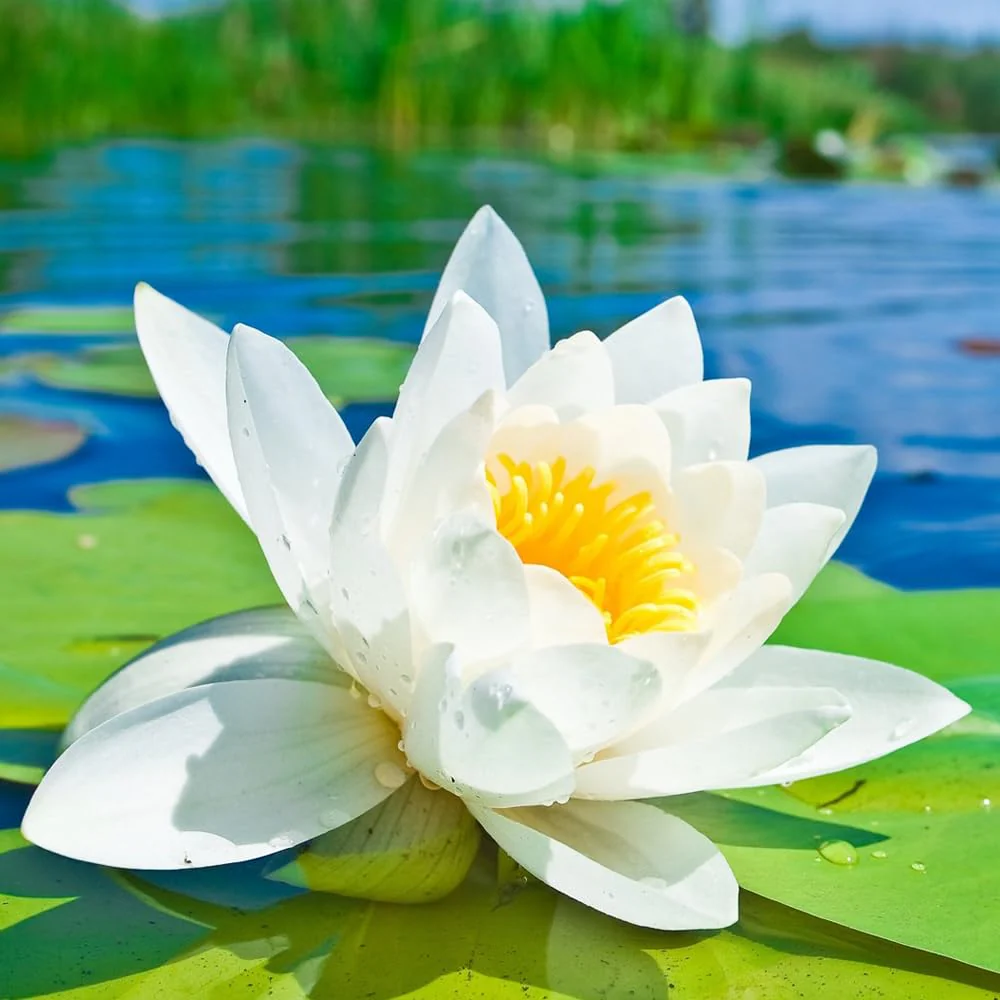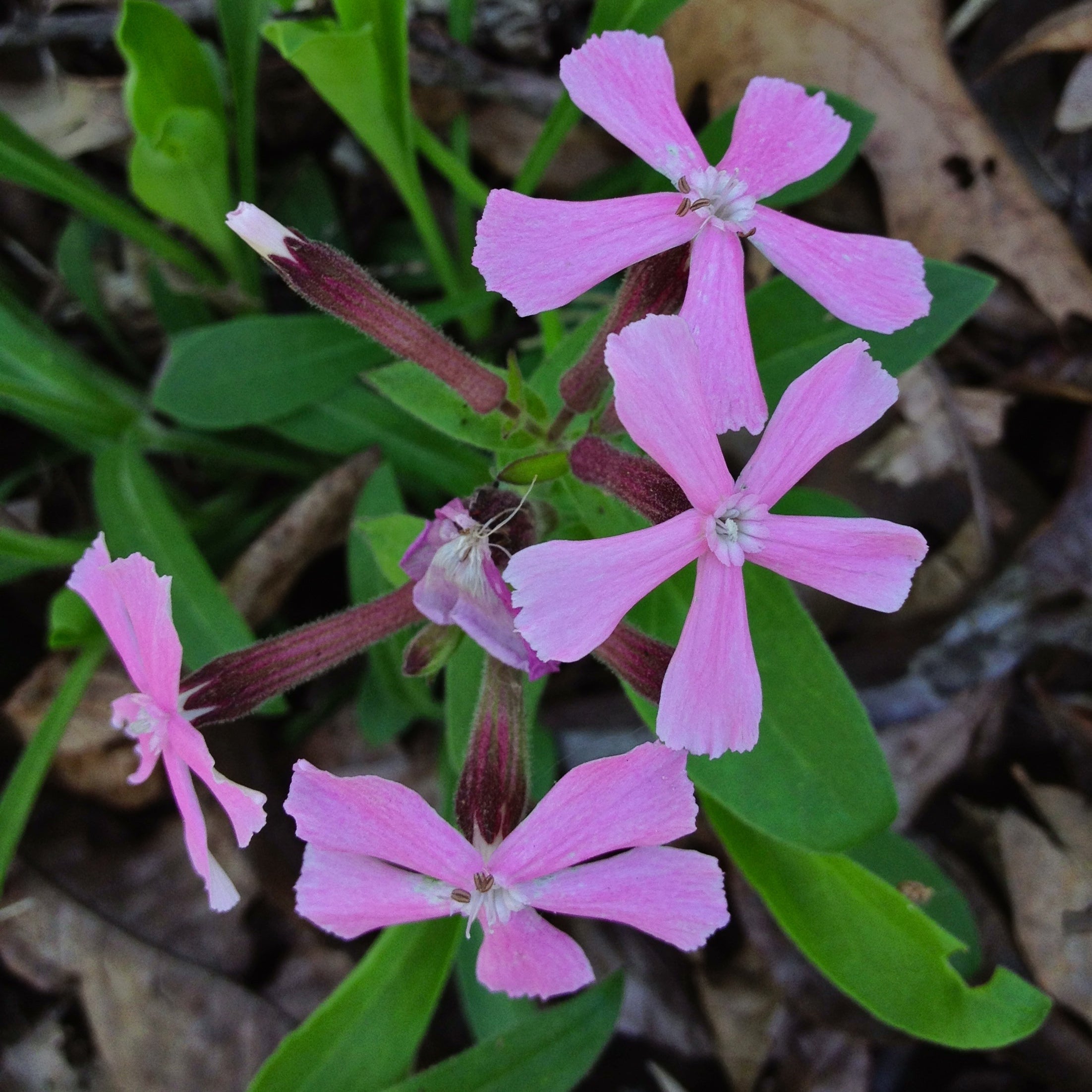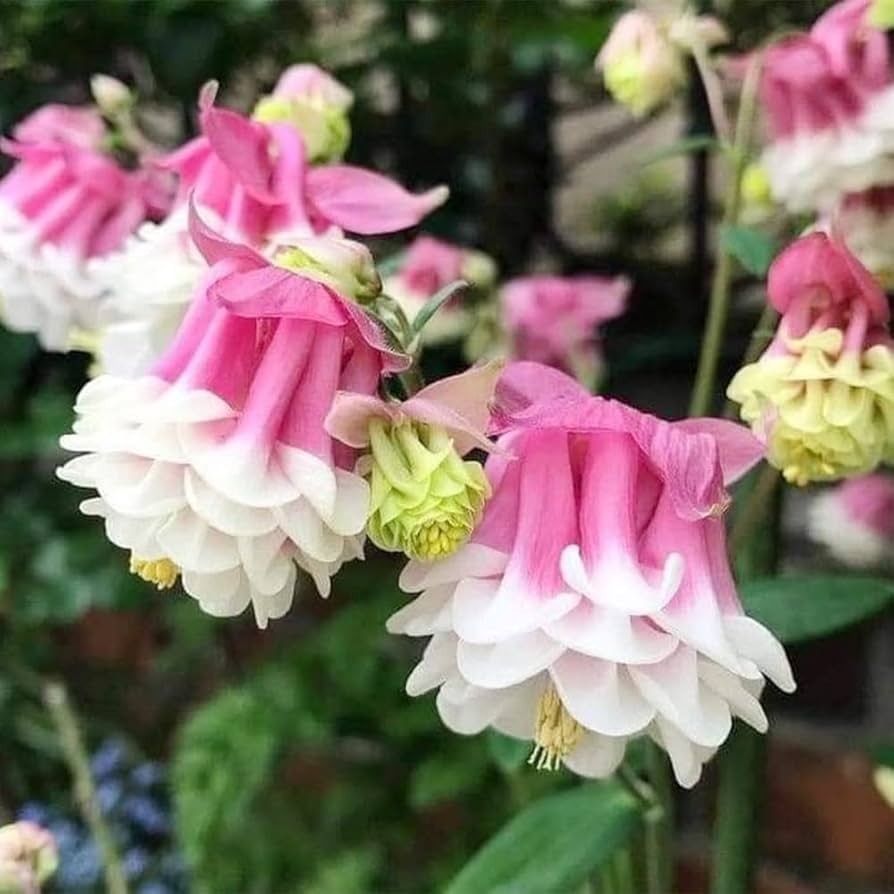小さな家庭菜園向けの室内種まきのコツ
Pure Asia Seeds|
屋内で種をまくことは、特にスペースが限られているか寒冷地に住んでいる場合に、ガーデニングシーズンを早く始める賢い方法です。野菜、ハーブ、花を育てる場合でも、屋内での種まきにより、外に移植する前に強く健康な苗を育てることができます。このガイドでは、小さなスペースでガーデニングをする人が知っておくべき屋内での種まきを成功させる方法をすべて解説します。

なぜ屋内で種をまくのか?
小さなスペースでガーデニングをする方にとって、屋内での種まきが理想的な理由はこちらです:
-
縦やコンパクトなトレイで育てることでスペースを節約します
-
生育期間を延長し、特に寒冷地で効果的です
-
温度、湿度、光をより良く管理できます
-
より多様な種、特に伝統種やオーガニック種にアクセスできます
-
発芽の脆弱な段階で害虫や病気を避けるのに役立ちます
屋内で始めるのに最適な種
屋内での種まきが特に効果的な種もあります。屋内での種まきの人気の選択肢には以下が含まれます:
室内で種をまく時期
一般的なルールは、最後の予想霜日から4~8週間前に種をまくことです。栽培ゾーンに基づいた種まきカレンダーを使って計画を立てましょう。これにより、苗が屋外に移植するのに十分成熟します。
室内で種をまくために必要なもの
成功するための室内園芸セットアップには、これらの必需品を揃えましょう:
-
高品質の種まきトレイや容器(生分解性ポットやリサイクルカップも使用可)
-
種まき用土 – 軽くて通気性が良く無菌(庭の土は避ける)
-
スプレーボトルまたはじょうろ
-
ヒートマット(トウガラシなど暖かさを好む種にオプション)
-
育成ライトまたは日当たりの良い窓辺(毎日6~12時間の光)
-
ラベルやマーカーで種を管理する

小さな家庭菜園向けの室内種まきのコツ
1. コンパクトな容器を選ぶ
狭い家では、省スペースの選択肢を選びましょう:
2. 適切な土壌ミックスを使う
苗には、柔らかく水分を保持しつつ排水性の良い土壌が必要です。無菌でピートフリーの種まき用土で、ココヤシ繊維やバーミキュライトが豊富なものを探しましょう。
3. 水のやりすぎに注意
土壌は湿った状態を保ちますが、びしょ濡れにしないでください。スプレーボトルを使って毎日霧吹きします。過剰な水やりは、苗を枯らす一般的な病気である立枯病の原因となります。
4. 十分な光を提供する
苗は1日12~16時間の光が必要です。自然光が限られている場合:
5. 温度管理
ほとんどの種は18~24°C(65~75°F)で最もよく発芽します。トマトやピーマンなどの暖かい季節の作物は、トレイの下にヒートマットを使うと効果的です。
6. 苗の間引き
苗が発芽したら、過密を避けるために間引きます。小さなハサミで土のラインで弱い苗を切り取ってください。
7. やさしい肥料を使う
苗が第2葉(本葉)を展開したら、10~14日に一度希釈した有機液体肥料を与えましょう。
8. 移植前に硬化処理を行う
屋外に移す前に:

避けるべき一般的なミス
-
屋内での庭土の使用(重すぎて水分を保持しすぎる)
-
種子の過剰な水やりや水不足
-
光不足により徒長した苗になる
-
硬化処理を省くことで移植ショックを引き起こす
最終的な考え
限られたスペースでも、自宅での種まきの技術をマスターすれば、繁栄する室内ガーデンを育てることができます。いくつかの簡単な道具と技術で、小さなアパートやキッチンカウンターが豊かな収穫の始まりとなります。野菜、ハーブ、花のいずれを育てる場合でも、これらの室内種まきのヒントが最初の芽から成功を助けます。
小さな家庭菜園向けのオーガニック種子を幅広く取り揃えたPureAsiaSeeds.comで、今日から室内園芸の旅を始めましょう!
<div class="dynamic-checkout__content" id="dynamic-checkout-cart" data-shopify="dynamic-checkout-cart"> <shopify-accelerated-checkout-cart wallet-configs="[{"name":"shop_pay","wallet_params":{"shopId":92404777240,"merchantName":"Pure Asia Seeds","personalized":true}},{"name":"paypal","wallet_params":{"shopId":92404777240,"countryCode":"US","merchantName":"Pure Asia Seeds","phoneRequired":true,"companyRequired":false,"shippingType":"shipping","shopifyPaymentsEnabled":true,"hasManagedSellingPlanState":false,"requiresBillingAgreement":false,"merchantId":"C57UHKQN8TLP6","sdkUrl":"https://www.paypal.com/sdk/js?components=buttons\u0026commit=false\u0026currency=JPY\u0026locale=ja_JP\u0026client-id=AbasDhzlU0HbpiStJiN1KRJ_cNJJ7xYBip7JJoMO0GQpLi8ePNgdbLXkC7_KMeyTg8tnAKW4WKrh9qmf\u0026merchant-id=C57UHKQN8TLP6\u0026intent=authorize"}}]" access-token="9b6ef42a69bfa7a242ac1bbd33129581" buyer-country="JP" buyer-locale="ja" buyer-currency="JPY" shop-id="92404777240" cart-id="70ae1c0edc2a762d4b1acf13ab1d9c0f" enabled-flags="["ae0f5bf6"]" > <div class="wallet-button-wrapper"> <ul class='wallet-cart-grid wallet-cart-grid--skeleton' role="list" data-shopify-buttoncontainer="true"> <li data-testid='grid-cell' class='wallet-cart-button-container'><div class='wallet-cart-button wallet-cart-button__skeleton' role='button' disabled aria-hidden='true'> </div></li><li data-testid='grid-cell' class='wallet-cart-button-container'><div class='wallet-cart-button wallet-cart-button__skeleton' role='button' disabled aria-hidden='true'> </div></li> </ul> </div> </shopify-accelerated-checkout-cart> <small id="shopify-buyer-consent" class="hidden" aria-hidden="true" data-consent-type="subscription"> カートの中の1つ以上のアイテムは、定期購入または後払い購入です。続行することにより、<span id="shopify-subscription-policy-button">キャンセルポリシー</span>に同意し、注文がフルフィルメントされるまで、もしくは許可される場合はキャンセルするまで、このページに記載されている価格、頻度、日付で選択した決済方法に請求することを承認するものとします。 </small> </div>











